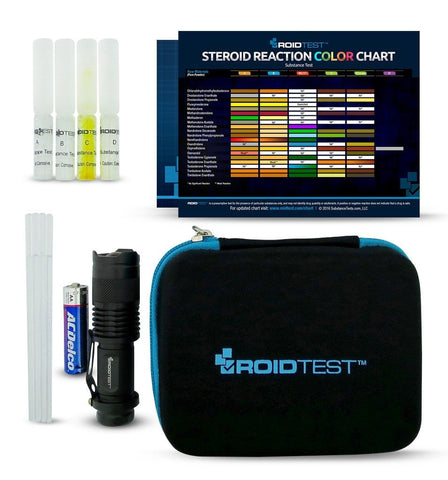NEW AGE PERFORMANCE MOUTHPIECE

Sold Out
AMPED SEAL OF APPROVAL
DETAILS:
NON-CONTACT PERFORMANCE MOUTHPIECE!
Designed to stabilize the 6 dimensions of your jaw. Resulting in increased strength output, balance, and performance.
Join the worlds strongest athletes in the world and unleash your ultimate strength!
- INCREASE STRENGTH
- IMPROVE BALANCE
- IMPROVED BREATHING
- PROTECT YOUR TEETH
- SUPPORT INCREASED PERFORMANCE
The New NON-CONTACT PRO 6DS Mouthpiece ***COMES WITH FREE CLAM SHELL CASE!*** Designed to stabilize the 6 dimensions of your jaw. Providing results that will amaze you... Just some of...
THE SCIENCE:
The effect on isometric strength of the shoulders and limbs while biting in habitual occlusion, on a bite-elevating appliance and on a placebo appliance was analyzed. Twenty female volunteer patients, presenting with temporomandibular pain dysfunction syndrome and obvious loss of vertical dimension, served as subjects. All were weaker to the manual application of the Isometric Deltoid Press (IDP) when biting, as opposed to maintaining the mandible in an unsupported rest position. Two intra-oral appliances were fabricated for each subject: a bite-elevating appliance (BEA) set by a functional criterion of peak strength to the IDP and a placebo appliance which did not interfere with occlusion but was "set" with a mock IDP procedure. Testing was carried out by the Neuromuscular Research Testing Laboratory of the Neurology Department of Tufts New England Medical Center. Testing was independent of the dentist who fabricated and set the appliances. A standard neuromuscular test with the Maximal Voluntary Isometric Contraction apparatus was used to assess strength of right and left shoulder, elbow and knee flexion and extension as is routinely performed with all neuromuscular disease patients. Twelve strength tests were carried out for each of three conditions: 1. Baseline-biting in habitual occlusion; 2. Elevated-biting on the BEA; and 3. Placebobiting with the placebo appliance inserted. The order of conditions 2 and 3 was counterbalanced without knowledge of the subjects. Twelve repeated measures ANOVAs (each subject as their own control) were conducted for each of the 12 strength measures. All F-tests indicated a significant main effect for treatment differences (p < 0.0001). Mean strength biting on the BEA was consistantly greater (p < 0.001) than Baseline or Placebo strength. Baseline and Placebo condition were equivalent. These findings confirmed previous observations at this TMD Center: individuals with loss of vertical dimension of occlusion respond to a bite raising appliance by increased isometric-strength.
- Bracco P, Deregibus A and Piscetta R (2004). Effects of different jaw relations on postural stability in human subjects. Neuroscience Letters 356: 228-230.
- Effects of a neuromuscular dentistry-designed mouthguard on muscular endurance and anaerobic power Shawn M. Arenta1 c1, Jennifer McKennaa1 and Devon L. Golema2
- Effects on G Tolerance While Biting Down on a Mandibular Orthopedic Repositioning Appliance (MORA) Levels. HARRY G ARMSTRONG AEROSPACE MEDICAL RESEARCH LAB WRIGHT-PATTERSON AFB OH
- Bull Tokyo Med Dent Univ. 1996 Mar;43(1):1-12. Influence on isometric muscle contraction during shoulder abduction by changing occlusal situation. Wang K, Ueno T, Taniguchi H, Ohyama T.
- Effect of Increased Maxillo-mandibular Relationship on Isometric Strength in TMD Patients with Loss of Vertical Dimension of Occlusion Tariq Abduljabbar, D.D.S., M.S.; Noshir R. Mehta, D.M.D., M.S.; Albert G. Forgione, Ph.D.; R. Ernest Clark, Ph.D.; Joseph H. Kronman, D.M.D., Ph.D.; Theodore L. Munsat, M.D.; Patrick George, B.S. Volume 15 Issue 1 January 1997









